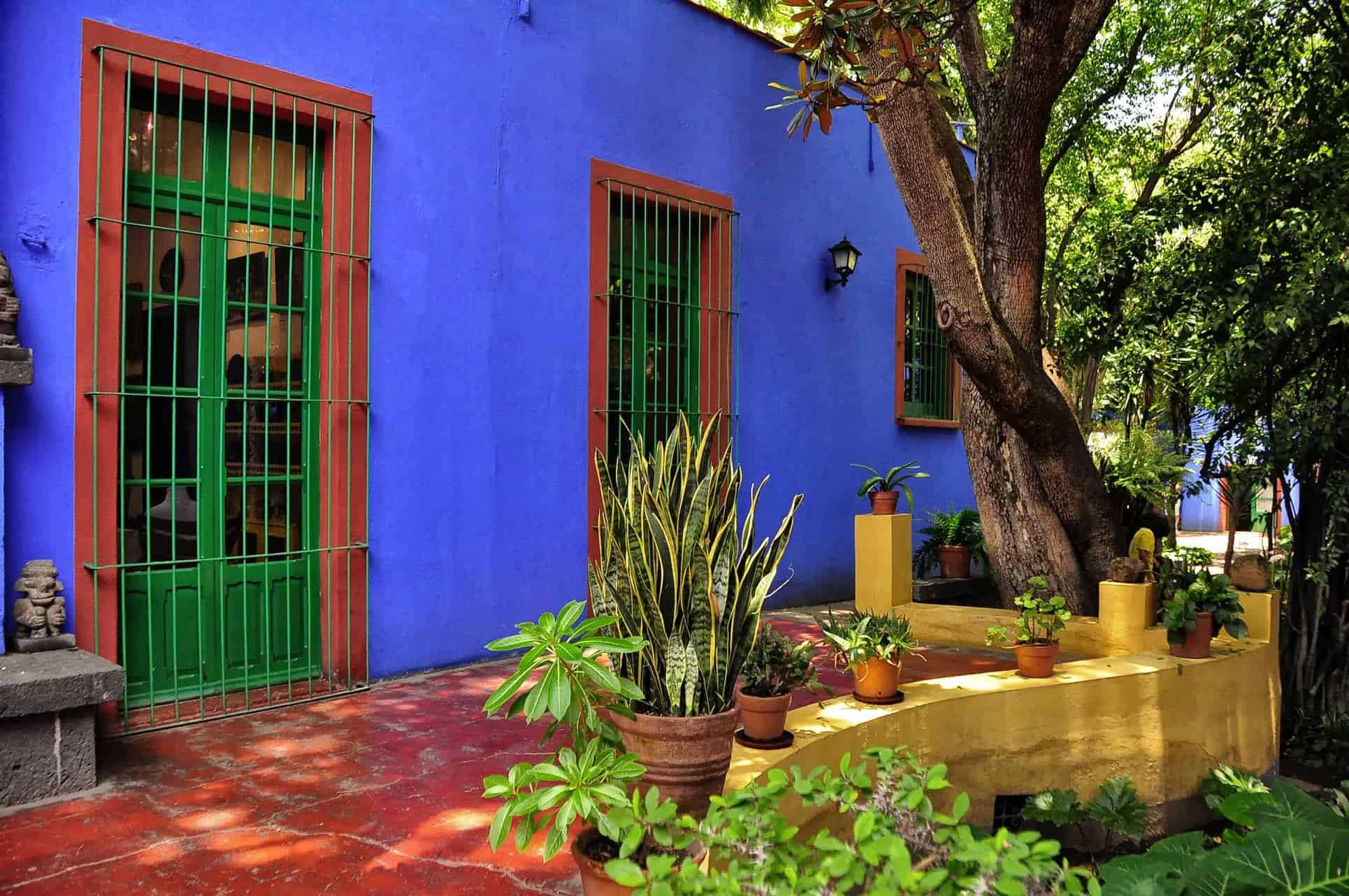Museums are like a concentrated cultural experience and a quick way to get acquainted with a country. With a little research you can find art, cultural, archeological and even specialized museums that bring you both the history of a people and how their lives are today. These are three very diverse museums in Mexico City that are both fun and surprisingly educational.
Museo Nacional de Antropologia
 https://www.flickr.com/photos/larebeliondelostornillos/
https://www.flickr.com/photos/larebeliondelostornillos/
The most popular museum in Mexico, the MNA is filled with artifacts from the pre-Columbian era including a number of Aztec items. Even the building is fascinating with exhibition halls surrounding a pond and a giant cement umbrella in the courtyard. On the outer portion of the building, gardens hold outdoor exhibits and tended flowers.
The Stone of the Sun is one of the major exhibits and is also referred to as the Aztec calendar stone. The sculpture weighs 24 tons and was saved from destruction by being buried in the main square of Mexico City after the Spanish Conquest. The exact purpose of the stone is unclear but it may have been used as a basin during sacrifices.
 https://www.flickr.com/photos/larebeliondelostornillos/
https://www.flickr.com/photos/larebeliondelostornillos/
Xochipilli (which can be translated as “flower prince” or “flower child”) was the god of flowers, beauty, art, dance and song. In Aztec mythology he was also one of the gods responsible for fertility and agricultural success. The statue on display at the MNA was found on the side of the volcano Popocatepetl and is covered in carvings of plants and mushrooms.
The sacred well at Chichen Itza has been the source of a number of Mayan treasures, the remnants of sacrificed objects and people, meant to worship the rain god Chaac. The wounds on the human remains showed that they had been victims of sacrifice before being sent into the water to the god that lived at the bottom of the well. The gold, jade and copper found here is indicative of the importance of Chichen Itza as travellers came from great distances to offer gifts to Chaac.
Mucho Mundo Chocolate Museo
 https://www.flickr.com/photos/snordq/
https://www.flickr.com/photos/snordq/
Chocolate has a long has a long history with Mexico beginning with the Mokaya people who domesticated the cacao plant around 1900 BC. The Aztecs believed that cacao was a gift from the god of wisdom, Quetzalcoatl, and even used the seeds as currency.
The Great World of Chocolate Museum is in a restored 1909 home that is itself a bit of a museum. Inside, the exhibit details the history of the plant using a mix of photos and interactive exhibits that share the importance of Xocolatl to the history of Mexico.
After touring the exhibit, guests are invited to watch the chocolate-making process and sample some of the Mexican-style chocolate which is made very differently from chocolate in other parts of the world. Visit the gift shop to pick up treats to take home or just savor a cup of hot chocolate made the old fashioned way – with fresh chocolate melted into steamy-hot milk.
The museum covers two floors of the building and includes modern art to go with antiques and the beautifully restored classic building. In addition to the exhibit, Mucho offers classes, workshops, tastings and lectures all about chocolate. You can even rent their great hall to hold a private event surround by scents and sights of chocolate.
Museo Frida Kahlo
 [File:Frida Kahlo House, Mexico City (6998147374).jpg|Frida Kahlo House, Mexico City (6998147374)]]
[File:Frida Kahlo House, Mexico City (6998147374).jpg|Frida Kahlo House, Mexico City (6998147374)]]
Also known as the Blue House, the museum holds art, photographs and personal mementos from one of Mexico’s most beloved artists. This is the building where Frida was born, spent many years, and died in at the age of 47. The building and its contents were donated by Frida’s husband and fellow artist Diego Rivera.
Frida Kahlo is celebrated as emblematic of traditions and embodying (and empowering) the female experience. Her work is a mix of Mexican, Amerindian and folk art, described by the artist as reflecting her reality more than her dreams. The Musem contains both her art and the objects she used daily such as clothing, linen, dishes and small pieces of art that she enjoyed.
A bus accident at the age of 18 left her in extreme pain for most of her life, sometimes causing her to be bedridden for months at a time. Because of this isolation, many of Frida’s paintings are self-portraits depicting an accurate representation of herself against fanciful backgrounds or in imagined scenarios. Many of these were painted while in bed using an easel her mother made for her.
Of Frida’s 140 or more paintings, 55 are of her, often showing in some way the physical and emotional wounds she felt. She died at the age of 47 after a particularly painful year and her ashes are on display at the museum, held in a pre-Columbian urn.


